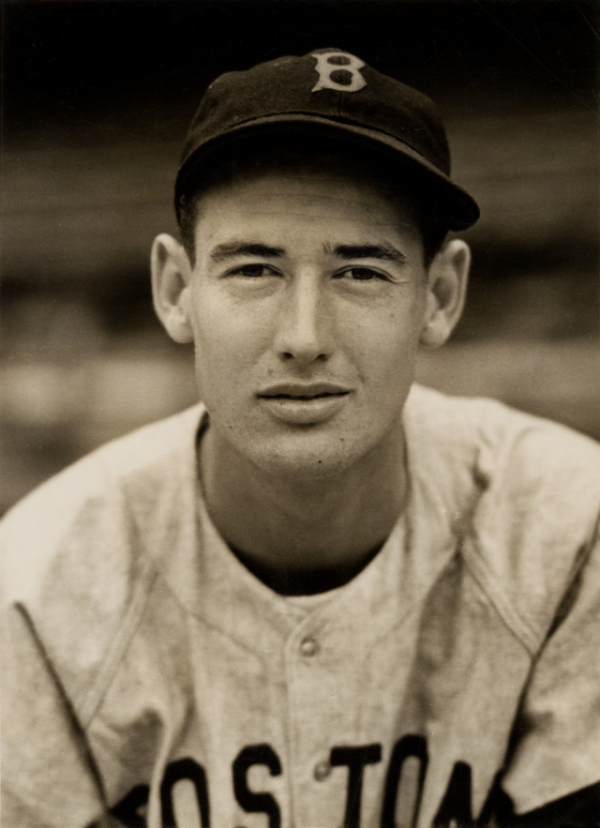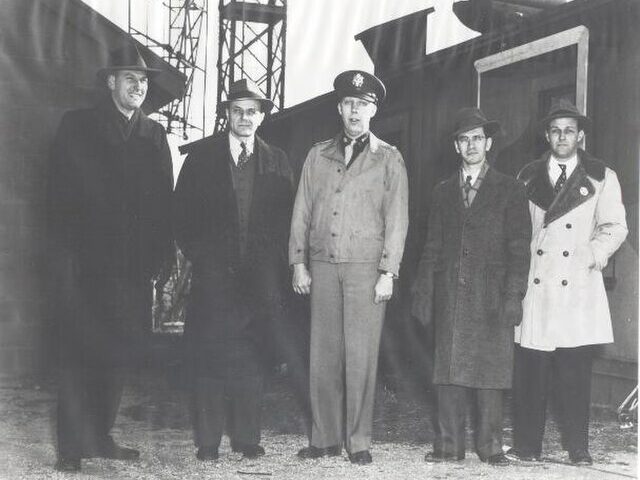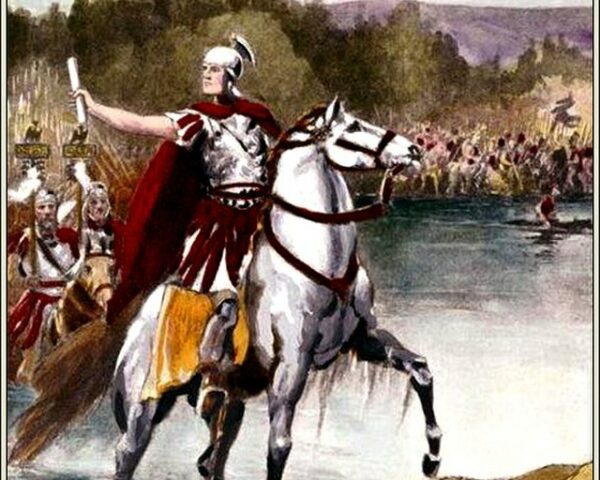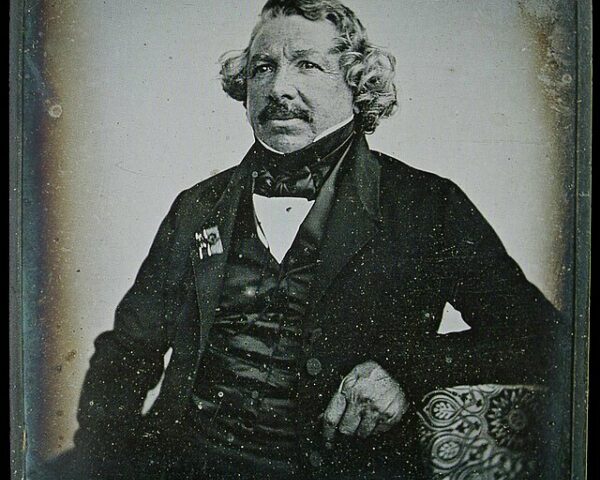In the waning days of a pennant race already long decided, Ted Williams stepped into baseball immortality. On that afternoon, the 23-year-old left fielder for the Boston Red Sox recorded six hits in a doubleheader against the Philadelphia Athletics, finishing the season with a .406 batting average. In doing so, Williams became the last man in Major League Baseball to cross the fabled .400 threshold, a standard that has since hardened into myth as decades have passed without a successor.
The feat was neither foreordained nor effortless. Entering the season’s final day, on September 28, 1941, Williams’s average stood at .39955—mathematically close enough to be rounded up in the official statistics. Manager Joe Cronin offered to rest his young star, preserve the number, and guarantee him a place in history. Williams refused. “If I can’t hit .400 all the way, I don’t deserve it,” he told Cronin. With that declaration, he played both games, went 6-for-8, and erased any suspicion that chance or caution had carried him there.
What made Williams’s accomplishment remarkable was not only the precision of the numbers but the context in which he produced them. Baseball in 1941 was still dominated by cavernous ballparks, unforgiving travel, and a war-shadowed public. Pitchers threw more innings, shifts in defensive alignment were crude, and protective specialization had not yet become the science it would in later generations. Against that backdrop, Williams’s sweet, meticulous swing carved out hits with astonishing regularity. His .406 average remains a monument not merely to skill but to defiance—against fatigue, convention, and the lure of easy shortcuts.
The season itself offered drama beyond Williams. Joe DiMaggio, playing for the rival New York Yankees, stitched together his legendary 56-game hitting streak earlier that summer, a record that seemed to compete with Williams’s pursuit of .400 for the nation’s attention. In the end, both men stood as bookends to a golden summer of baseball, one that played out against the gathering storm of global war. Within months, Pearl Harbor would be attacked, the United States would be at war, and both DiMaggio and Williams would trade uniforms for military service.
Williams’s insistence on playing that doubleheader captured the ethos that would define his career: uncompromising, stubborn, and dedicated to the craft of hitting. He would serve as a Marine pilot in both World War II and Korea, losing nearly five full seasons to combat duty, and still compile a résumé that included 521 home runs, two Triple Crowns, and two American League Most Valuable Player awards. Yet it is the number .406, frozen in 1941, that most succinctly tells his story.
No player since has managed to match it. Tony Gwynn came closest in 1994, hitting .394 when a strike ended the season in August. Others—George Brett, Rod Carew, Ichiro Suzuki—have flirted with .400 deep into summers, only to fall back as the calendar turned. The modern game, with its reliance on velocity, defensive analytics, and relentless specialization, seems designed to prevent anyone from ever challenging Williams again. Each passing year adds weight to the achievement, transforming it from statistic into legend.
On September 28, baseball remembers not only the conclusion of a season but the crystallization of an ideal. Ted Williams, by taking the field when he could have sat, underscored that greatness lies not in protecting numbers but in proving them. The .406 stands untouched, a relic of precision and courage, a reminder that on that autumn afternoon in Philadelphia, a hitter dared history to catch him—and history never did.
In the months that followed, Williams traded his bat for a flight suit, joining the Navy in 1942 and later earning his wings as a Marine Corps aviator. He would spend the prime of his career in the cockpit rather than the batter’s box, flying combat missions in the Pacific and later in Korea, where he served alongside future astronaut John Glenn. That sacrifice, made without complaint, only deepened the legend of the man who once hit .406, proving that his discipline and fearlessness were not confined to baseball’s white lines but extended into the skies of war.






